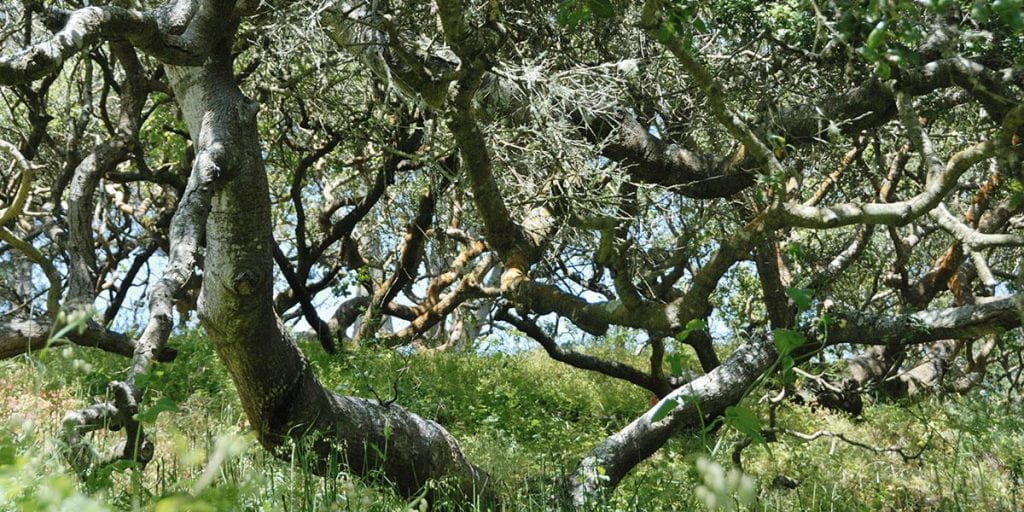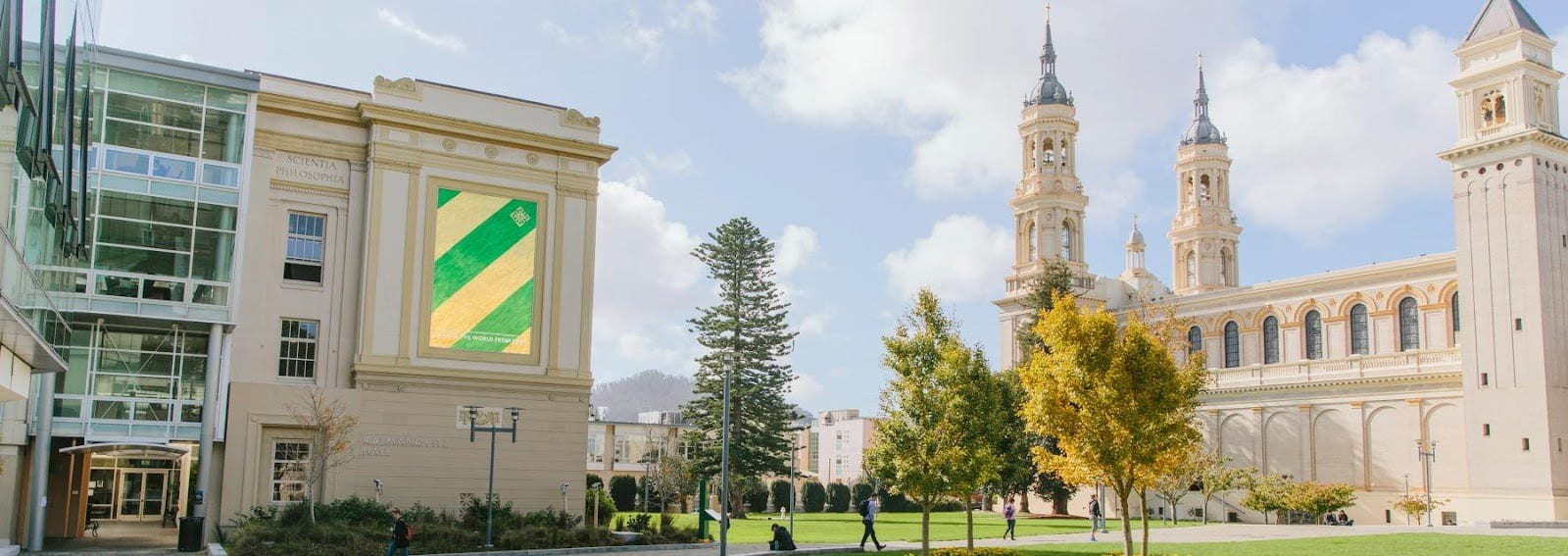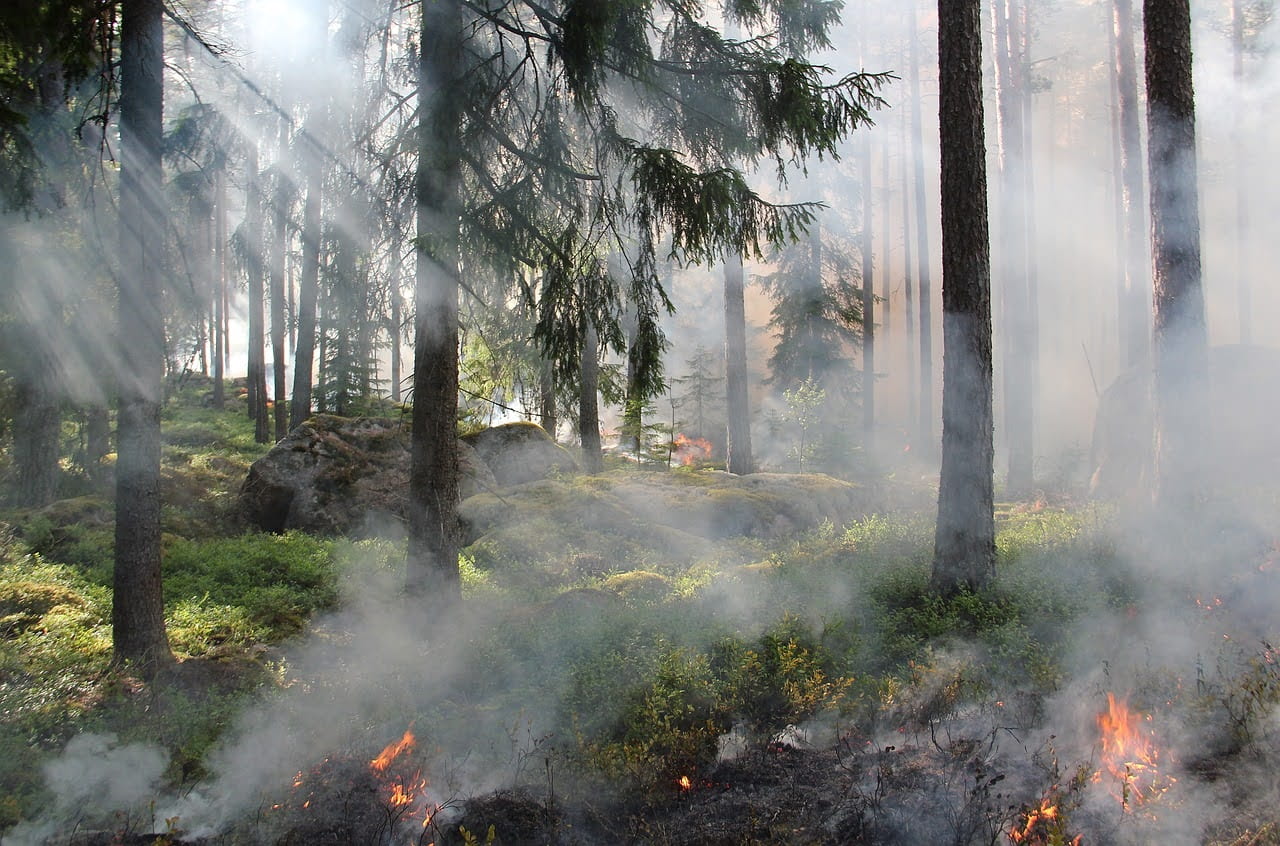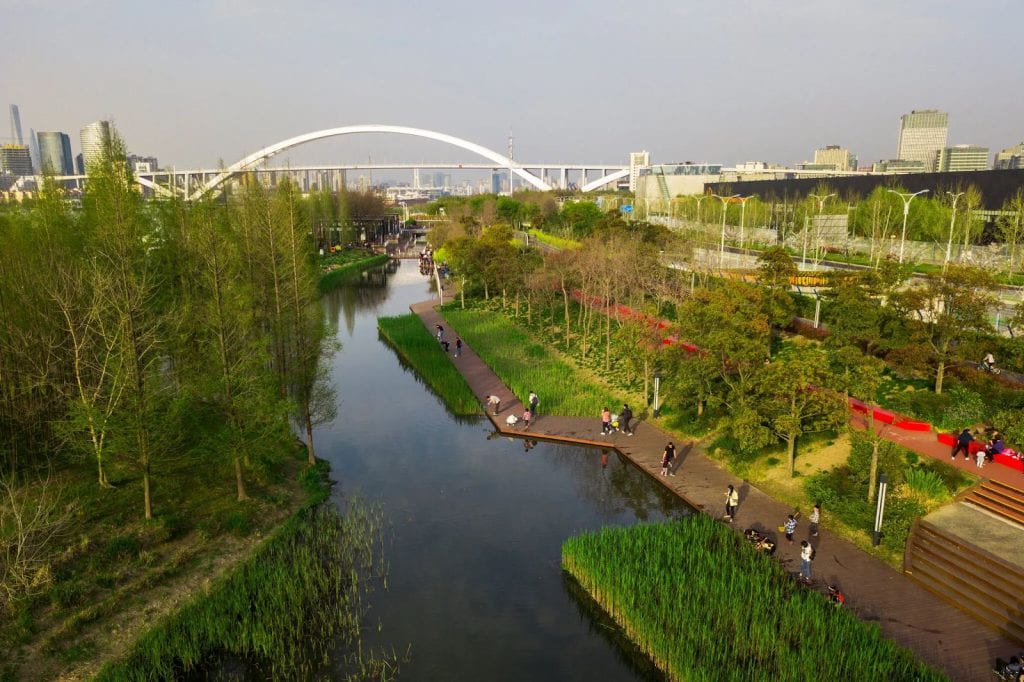History of Native Ecology of the Bay Area
The San Francisco Bay Area is known for its luscious nature, green landscapes, and colossal trees mixed with incredible feats of human ingenuity, but this grand vision has been developed and changed tremendously over centuries–in more ways than one. When Europeans first settled in California, they were met with unfamiliar ecosystems and terrain from what they had been habituated to. Instead of adapting to the new environment, they decided to shape and adapt the environment to fit their needs instead. The native ecology of the Bay Area that had been nurtured and cherished by the native Ohlone and Coastal Miwok people was permanently altered, disrupting the many centuries old symbiotic relationship.
The Bay Area’s native environment is not conducive to the growth of the large trees that region is known for today such as the eucalyptus, Monterey cypress, or red flowering gum. Instead, coast live oak supported the local wildlife and many of the needs of the Ohlone and Coastal Miwok peoples. These trees grew in such abundance that they became symbolic of the area, granting the city just east of the Bay the name of “Oakland.” Though these trees may not stand out tremendously compared to their invasive counterparts, they were an integral part of the Bay Area’s ecological and anthropological history.

Coast live oak
These short, sprawling trees provided homes for local hummingbirds as they hopped along the branches, building their nests and displaying their courtship dances. Songbirds feasted on the caterpillars, moths, weevils that crawled throughout the holes of the branches. The coast live oak was “perhaps the single most important plant species to the indigenous peoples of San Francisco” (Holloran, 1998), providing acorns for sustenance, wood for bowls, utensils, and (along with bark) firewood. These shrub-like trees covered a vast range of the region, covering the “valleys on either side of the large northwestern diagonal of Franciscan bedrock that underlies our tallest hills, running from Hunters Point in the southeast through Bernal Heights, Mt. Davidson, Twin Peaks, and Mt. Sutro, and out to Lands End and the Golden Gate in the northwest corner of the City ” (Carlsson). The European settlers however, did not hold the coast live oak in the same high regard as the Ohlone and Coastal Miwok did.
Father Pedro Font, upon arriving in the San Francisco Bay, was immediately concerned about how unexploitable these trees were. He noted that the trees were good for burning, and that there would be no shortage of firewood, but there was a concerning “lack of timber” available for construction and ship repairs. Instead of adapting to the new supplies that the local environment provided, he opted to adapt the environment to fit them instead. The coast live oak was dramatically exploited as it was the main tree the colonizers used for firewood, construction, and any other task that required timber. Today, these trees can still be found in San Francisco, though in far less abundance. The Oak Woodland section of Golden Gate Park is home to one of the oldest surviving native coast live oaks in the area, some of which existed prior to initial European contact (SFplantfinder.org, 2024). In fact, the Richmond district is home to one of the most abundant areas of growth for the coast live oak, and the trees can be found scattered throughout Golden Gate Park and the Presidio.
The sprawling coast live oak covering the Bay Area’s dunes has been replaced by visually appealing non-native trees and invasive trees that spread without bounds. The former category includes the majority of the palm trees in San Francisco. Palm trees are emblematic of California, making them a staple to urban planners in the state. The only palm tree native to this area of the state is the Washingtonia filifera, or the California palm. Otherwise, the palms found in the Bay Area are sourced from all over the world, ranging from the desert regions of Southern California, Mexico, and the Middle East to the humid areas of Japan, China, and Myanmar. These palm trees are not conducive to this area, yet they grow in abundance as many urban planners sacrifice function for beauty. Invasive trees include the large trees that tower in San Francisco parks: the Monterey cypress, red flowering gum, and eucalyptus trees are all invasive species of trees that harm the native environment. All of the aforementioned trees require large quantities of water and tenable soil that can hold the weight of the roots, both of which San Francisco sorely lacks. This creates an unbalanced competition for resources as the large trees take water and nutrients at a much faster rate than the native plants, leaving plants such as the coast live oak at a disadvantage for resources.

Yerba buena
A native plant of great importance is the Micromeria douglasii, more commonly known as yerba buena. Spanish for “good herb,” this plant was widely used by the Coast Miwok and Ohlone people to treat various ailments, including but not limited to digestive issues, nausea, asthma, and toothaches. It grew so quickly and spread so fast that settlers began to identify the area by the plant itself; prior to being named after the missions, San Francisco was referred to as Yerba Buena. Prior to the colonization of the west in the 1700s, the local ecology was a vast display of wildflower fields and shrub lands rolling over the mountains of the coast. Father Pedro Font was a Spanish clergyman sent to run Native American missions in what is now the Bay Area in 1776. He noted that the area was sprawling with yerba buena and lilies, so much so that he “almost had them inside his tents” (Holloran, 1998). Unlike the coast live oak, yerba buena is still growing all over the Bay Area, though its value and usage are not as pertinent to the common culture of the area.
Though the Bay Area has undergone drastic changes due to development and the introduction of nonnative plants over the past few centuries, there are still native plants stalwartly clinging to the land of their home. And even though their place in the forefront of the ecosystem has been usurped, these plants still offer an opportunity to connect with the original experience of the Bay and to better understand that these changes have not completely eradicated the original inhabitants of this land.
Bibliography
Carlsson, C. (n.d.). Natural History of Mission Bay. FOUNDSF. https://www.foundsf.org/index.php?title=Natural_History_of_Mission_Bay
Holloran , P. (n.d.). Coast Live Oaks (Quercus agrifolia). FOUNDSF. https://www.foundsf.org/index.php?title=Coast_Live_Oaks_%28Quercus_agrifolia%29#:~:text=Heavily%20used%20by%20Europeans%20for,but%20only%20a%20few%20survive
SF plantfinder. (n.d.). http://sfplantfinder.org/glossary.html
Yerba Buena (medicinal plants of California) · INATURALIST. iNaturalist. (n.d.). https://www.inaturalist.org/guide_taxa/1243014
Yerba Buena . FOUNDSF. (n.d.). https://www.foundsf.org/index.php?title=Yerba_Buena-Good_Herb


